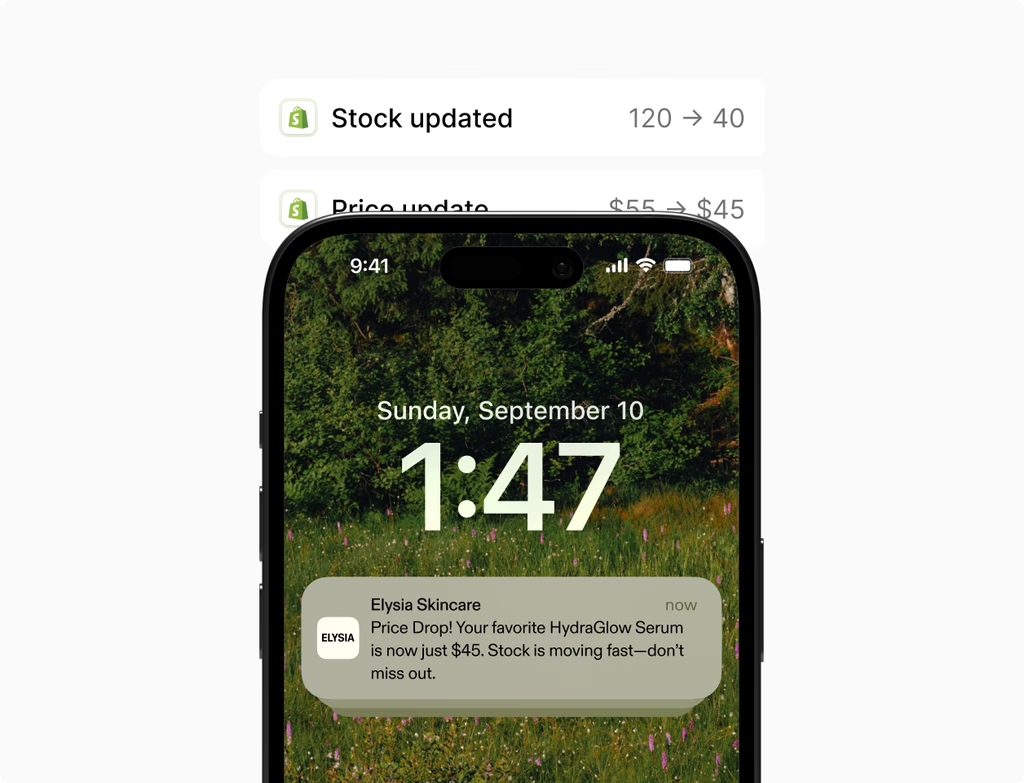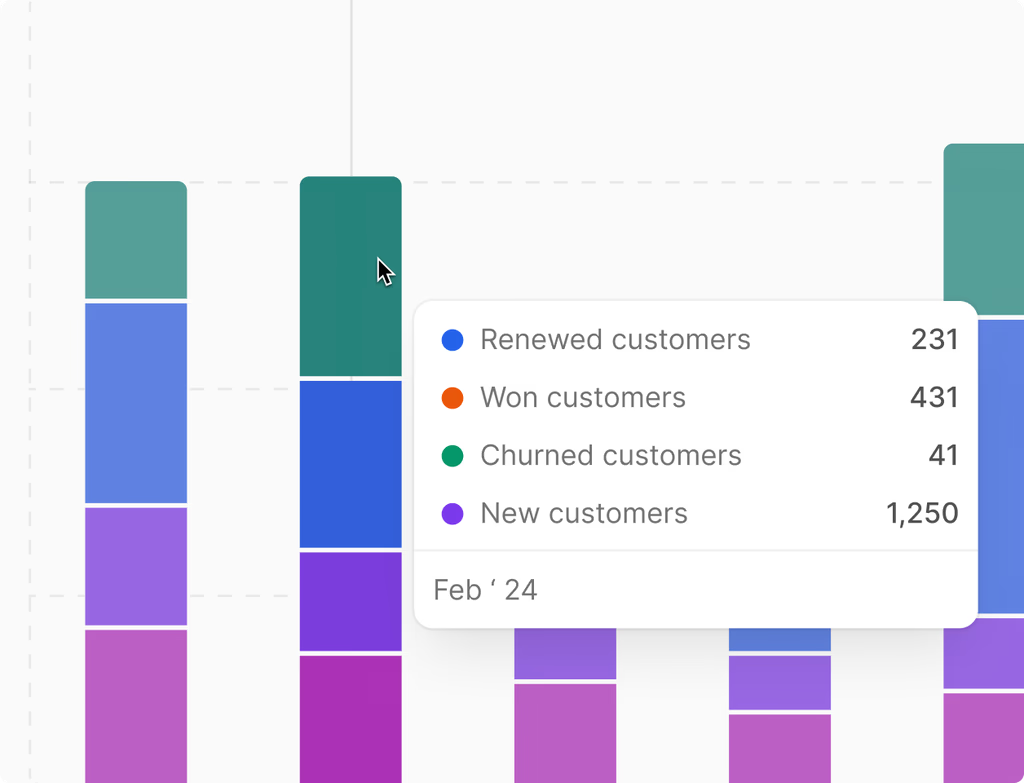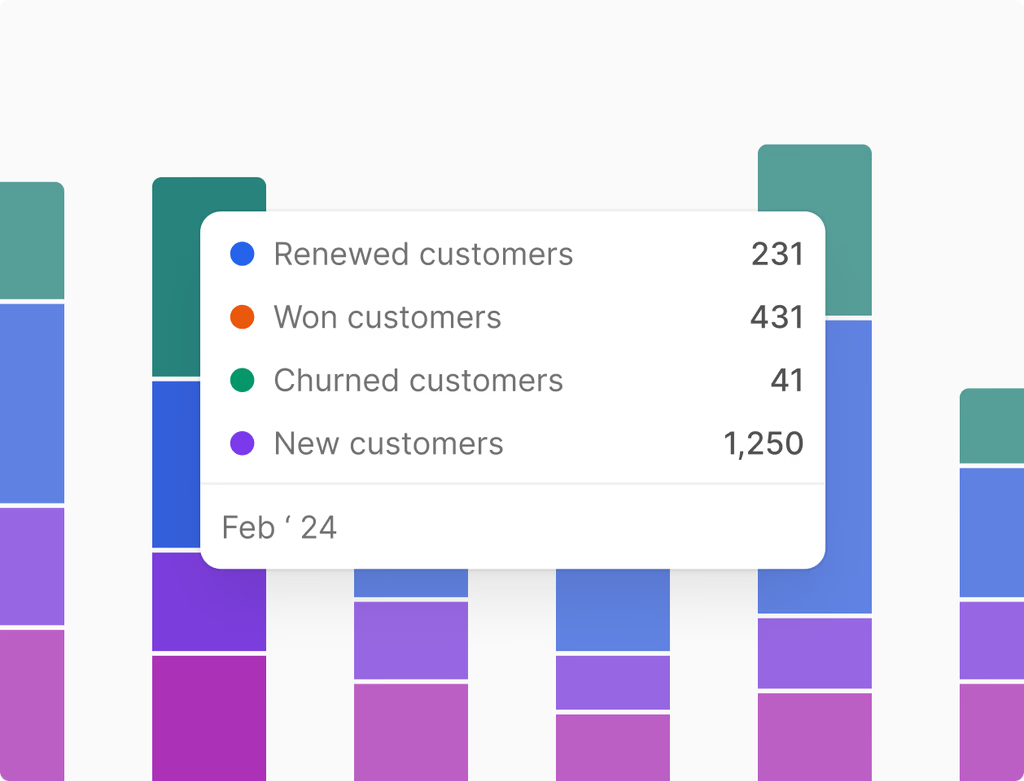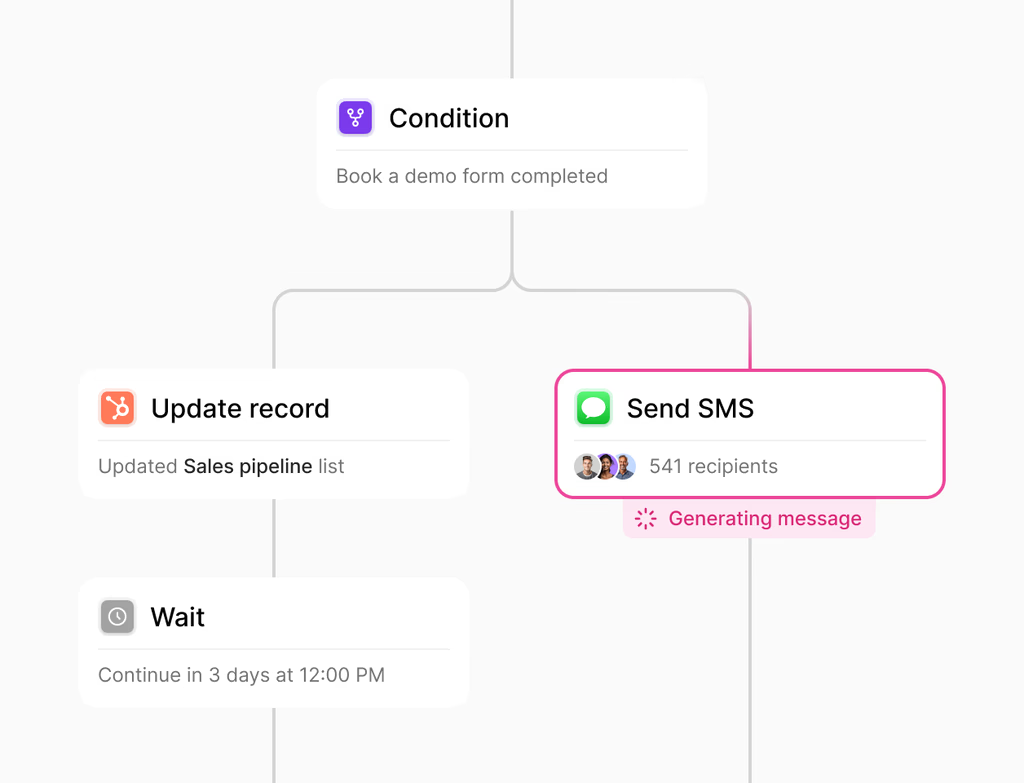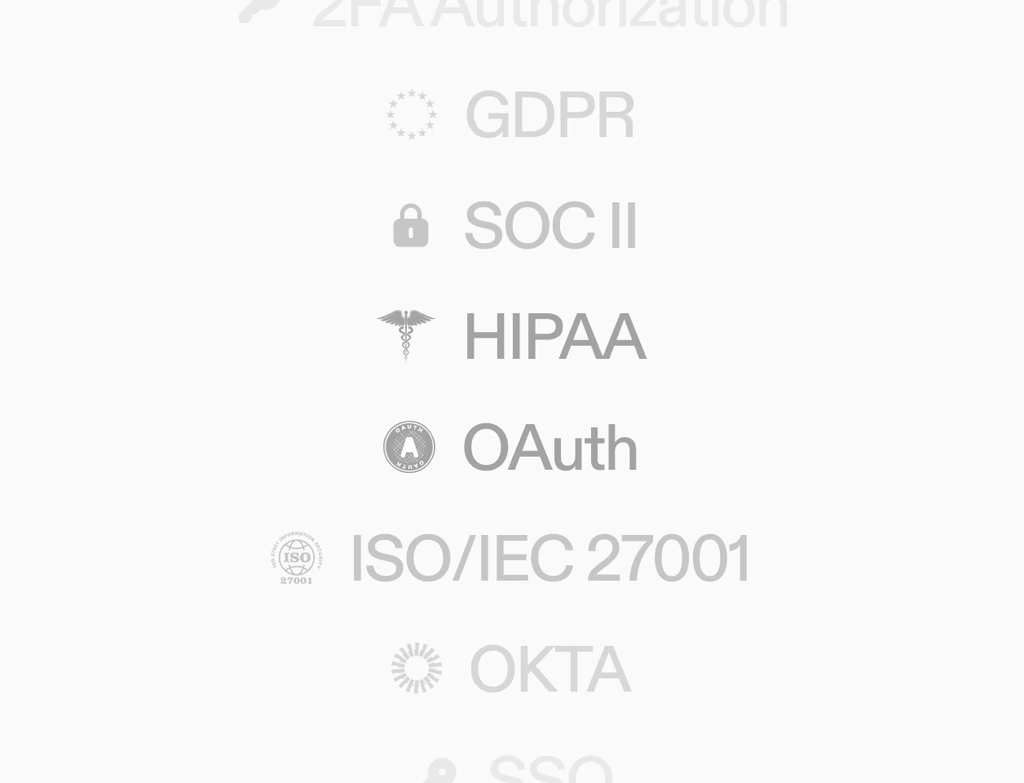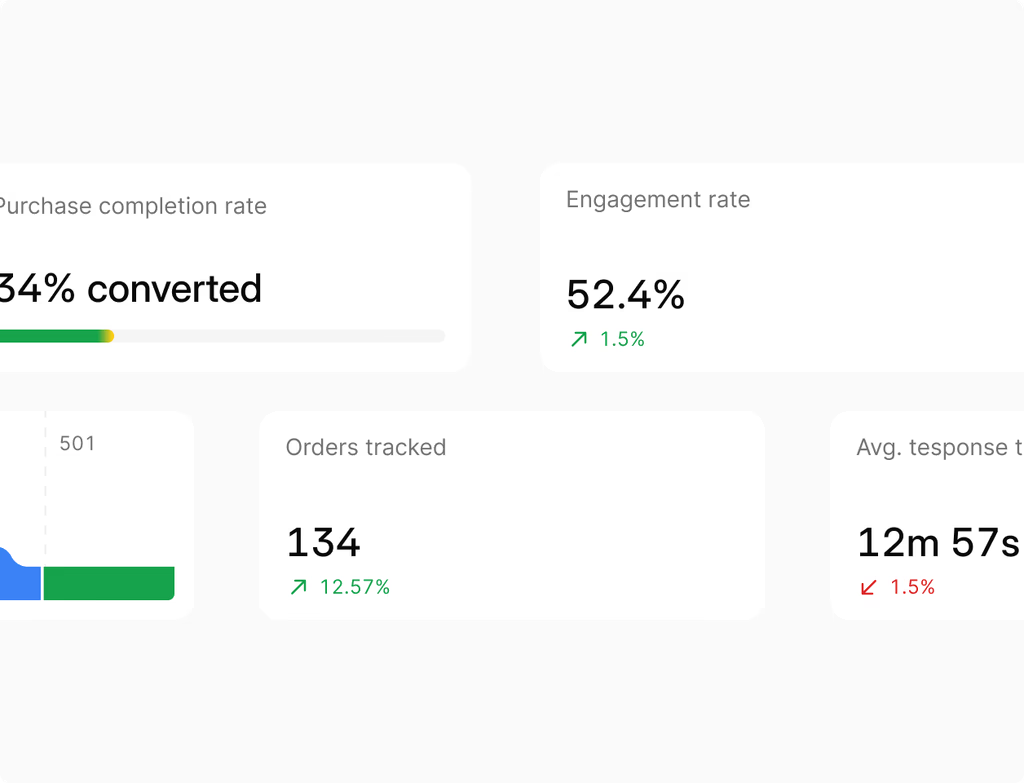Does Commerce Tools replace my current ERP system?
Commerce Tools streamlines front-office revenue operations and integrates with your existing ERP for deeper accounting capabilities. It is designed to enhance sales and finance alignment, not replace your core financial system. By managing quoting, invoicing, subscriptions, and payments directly within the Hoop platform, it ensures real-time data synchronization. This reduces manual data entry and improves the accuracy of financial reporting across departments.
The integration allows both finance and sales teams to operate from the same reliable data set. While the feature handles all customer-facing commercial transactions, it pushes finalized data to the ERP for ledger maintenance and compliance. This approach offers the speed and visibility needed for revenue growth without disrupting established backend processes.
How does this feature accelerate sales cycles and quote generation?
The tool uses AI assistance to help teams generate accurate, personalized quotes in seconds. It standardizes contract terms to maintain compliance while still allowing for necessary customization. Automated workflows remove manual steps that typically slow down the sales cycle significantly, helping you close faster.
Key features designed to accelerate closing include:
- Templates for consistent, on-brand proposals and quotes.
- Inline approvals to ensure profit margins are protected before sending.
- The ability for customers to sign and pay directly on the same page.
By combining speed with control, Commerce Tools ensures every transaction moves quickly and correctly, improving both the customer experience and team efficiency within the Hoop platform.
What features help my business achieve better financial visibility?
Commerce Tools provides comprehensive visibility across your entire revenue flow by consolidating commercial data within the CRM. It offers dedicated dashboards that show quotes, invoices, and collections in one place. This unified view eliminates information silos between sales and finance departments.
Improved visibility features include:
- Dashboards that track the status of all open quotes, pending invoices, and collection efforts.
- Forecasting tools that combine sales pipeline data with real-time commerce status for more accurate revenue predictions.
- Audit logs and granular permissions that provide necessary governance and align transactions with company policy and controls.
This ensures that leadership can make data-driven decisions regarding revenue operations and forecast with greater certainty using the Hoop platform data.
Is the setup process for Commerce Tools complicated for new users?
No, getting started with Commerce Tools is designed to be straightforward. Users can begin immediately by utilizing pre-built templates for standard quoting and invoicing needs. This allows teams to quickly adopt the core functionality and start closing deals faster with AI-assisted tools.
As your processes mature and business needs evolve, you can easily expand the feature's capabilities using various connectors and extensible integrations. Hoop provides a guided process for adding these integrations, ensuring a smooth transition without excessive complexity. The platform manages the heavy lifting, allowing your sales and finance teams to focus on revenue generation, realizing quick time to value.
Which pricing plans include access to the full Commerce Tools feature?
Commerce Tools is available across multiple Hoop platform pricing plans, ensuring different organizations can access the necessary capabilities. The feature scales with your business needs and is offered in the core, pro, and enterprise tiers. Each tier provides increasing levels of complexity and scale.
Specifically, the plans offer:
- The core plan includes essential features like payment acceptance and basic invoicing.
- The pro plan expands on this with advanced features such as subscription management and complex quoting templates.
- The enterprise plan provides the full suite of capabilities, including multi-currency options, role-based access controls, and extensive ERP and tax engine integrations.
Customers should select the plan that best matches their volume of transactions, international requirements, and necessary governance complexity.
How does the feature ensure data security and compliance with financial policies?
Security and governance are built into the Commerce Tools feature. The system uses audit logs to track all changes and transactions, providing a clear history for compliance review. Access to sensitive fields and financial controls is managed through role-based access permissions.
Payment processing adheres to modern standards for data encryption and security. Furthermore, Commerce Tools helps teams align with internal policies by offering:
- Inline approval workflows for protecting margins and standardizing contract terms.
- Granular permission settings to restrict who can view or modify financial data.
- Compliance features supporting multi-currency and localization needs for global operations.
This strong framework ensures that all revenue operations within Hoop maintain financial integrity and adhere to required regulations.



.avif)



